You want to launch a towel brand, but you keep hearing different numbers—what does it really cost, and where should you put your money first?
Starting a towel brand usually requires at least $5,000 for small-batch production, plus extra for branding, sampling, design, freight, certifications, and initial marketing. The total startup cost can range from $5,000 to $50,000, depending on your quality, order size, and customization.
It’s easy to get swept up by big-brand dreams, but a smart startup balances quality, control of cash flow, and the ability to adjust as you grow. I’ll break down the true costs so you can make strong financial decisions from day one.

What are the major one-time startup costs for a towel brand?
Most of your big expenses come before you even sell your first towel—misjudging them leads to stress or setbacks later on.
Major one-time costs include product sampling and development, logo and packaging design, custom tooling (if needed), initial bulk order deposit, and the setup of an online store or catalog. Freight and customs should always be budgeted upfront to avoid surprises.
Be ready to cover three main areas: product development and sampling, brand building (like your logo, packaging, and online setup), and your first bulk inventory payment.

Typical One-Time Startup Expenses
| Expense Type | Estimated Range | Notes |
|---|---|---|
| Sampling & Prototyping | $300 - $2,000 | Costs more for custom weaving or printing |
| Branding & Design | $500 - $2,500 | Includes logo, packaging, website |
| Tooling/Setup Fees | $0 - $1,500 | Only for unique shapes or jacquards |
| First Bulk Order | $3,000 - $20,000 | Scales with your MOQ and quality |
| Freight & Customs | $300 - $4,000 | Shipping, duties, and insurance |
| Legal & Certification | $200 - $2,500 | Trademarks, patents, textile safety docs |
You’ll decide how much to invest in each area based on your launch goals and desired quality level. For small brands, the biggest early challenge is paying a deposit for your first major order—plan for at least 30% upfront.
What ongoing costs must I plan for running a towel brand?
Getting the brand launched is just the start—real success comes from keeping inventory fresh, your shop running, and your brand top-of-mind. Failing to plan for these ongoing costs leads to slowdowns and missed sales.
Monthly and annual costs include new inventory, e-commerce hosting, shipping, warehouse or storage fees, digital ads, and customer service tools. You may also need to pay for periodic quality control, photo shoots, new samples, and certifications to keep your products up to date.
Track your monthly spending on inventory, shipping, marketing, and digital costs—this helps you understand your true break-even point and adjust quickly.

Common Ongoing Expenses
| Expense Type | Typical Monthly Cost | Notes |
|---|---|---|
| Inventory Restocks | $1,500 - $10,000+ | Based on sales velocity and SKUs |
| Website Hosting/Apps | $30 - $200 | Shopify, WooCommerce, or similar |
| Shipping/Packaging | $250 - $2,000 | Varies by order volume |
| Marketing & Ads | $200 - $5,000+ | Influencer, digital, or content spends |
| Storage/Warehousing | $100 - $1,000 | 3PLs or self-storage |
| Quality Control | $50 - $500/occurrence | Pre- or post-shipment inspections |
Watch advertising spend and shipping rates—if costs spike, it’s often the difference between profit and break-even for new towel brands.
How many towels should I order for my first production run?
Order too little, and you’ll run out right as demand spikes. Go too big, and you’re left eating into cash flow with dead stock.
Most new towel brands start with 500–2,000 towels per SKU (design/color/size). Lower minimums increase unit price but reduce upfront risk.
Start “lean” by ordering the smallest, cost-effective batch your supplier offers—500–1,000 units per style usually balances risk and flexibility for testing demand.

Balancing MOQ and Cash Flow
| Order Size (Per SKU) | Total Cost | Pros | Cons |
|---|---|---|---|
| 200 – 500 | $2,000 – $5,000 | Best for [lean launch](https://en.wikipedia.org/wiki/Lean_startup), low risk | Higher unit price, limited margin |
| 500 – 1,000 | $5,000 – $12,000 | Good test and bulk discount | Higher upfront investment |
| 1,000+ | $10,000+ | Lowest unit cost, ready for scale | Risk of overstock, more capital outlay |
I’ve seen the best results from brands that start with 500–800 pieces to test marketing and demand, then ramp up based on real sales.
Where can you cut costs without sacrificing quality?
A tight budget doesn’t mean you need to accept thin, flimsy towels or delay building your identity. The key is to simplify, prioritize must-haves, and negotiate the right way.
Focus investment on materials and weaving, then simplify packaging and start with a small, impactful SKU lineup. Use digital mockups and flexible packaging before spending on custom dies or intricate printing.
Quality and comfort drive repeat sales. Put your money into great fibers and weaving; keep first launch designs and packaging simple to free up cash for marketing and customer service.
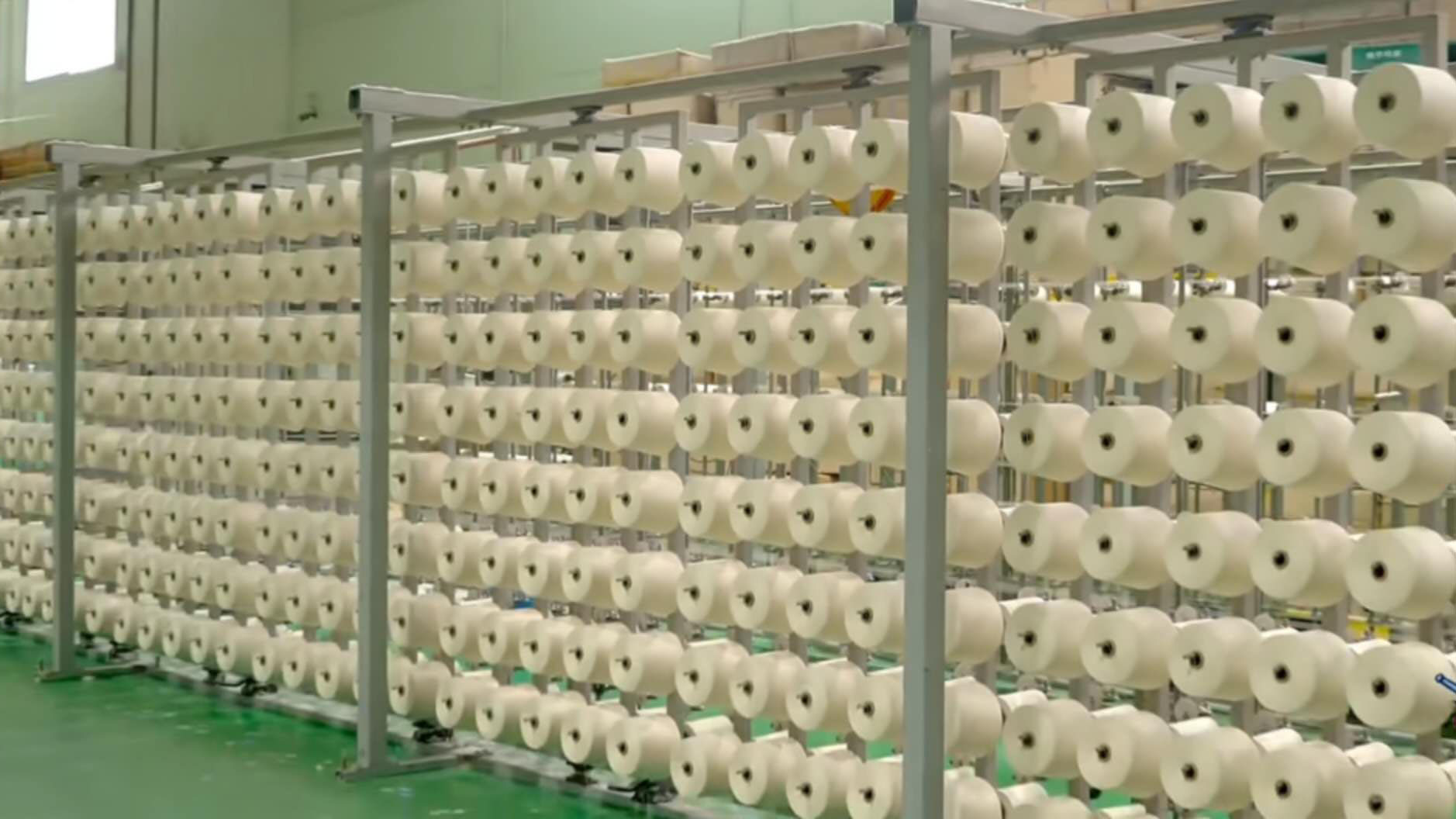
Clever Cost-Saving Tactics
| Cut Here | But Never Cut Here |
|---|---|
| Fancy boxes or ribbons | Fiber quality/weaving |
| Overly complex die-cuts | Professional stitching |
| Extra colors for launch | Colorfast/safe dyes |
| Unnecessary size variants | Functional, market-driven design |
Brands waste the most on elaborate packaging for their first run—use kraft, canvas, or minimal band wraps to impress without big spends.
How do marketing, samples, and certifications affect startup costs?
Early towel brands often skip real sampling, trademarking, or influencer seeding to “save money.” But these shortcuts cost more through product returns and weak brand reviews.
Invest in at least one full set of samples, proper wash tests, and clear trademark registration. Budget for influencer gifting or digital ad testing and relevant certifications (OEKO-TEX, GOTS) to win customer trust fast.
Certified, tested towels and strong first visuals separate top brands from the rest—view these costs as investments, not expenses.
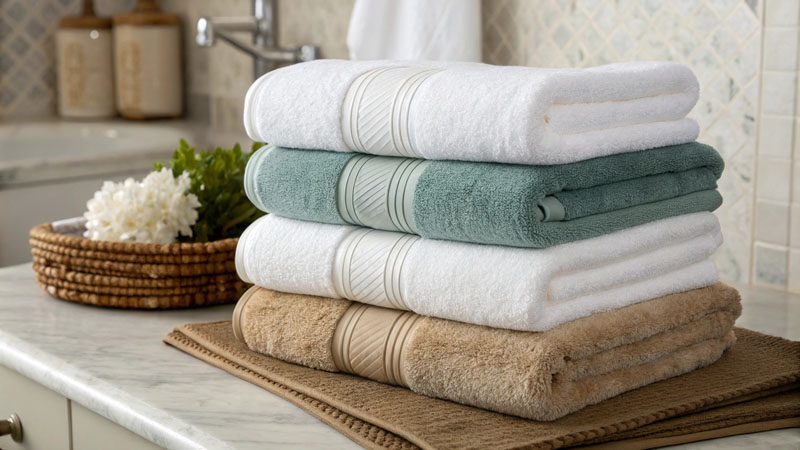
Smart Spending on Trust Builders
| What to Invest In | Why | Typical Cost |
|---|---|---|
| Third-party certification | Builds immediate trust | $200 – $2,000 |
| Custom sample sets | Guarantee true-to-brand product | $300 – $1,500 |
| Pro photo/content shoots | Showcase towels at their best | $300 – $1,500 |
| Influencer/PR gifting | Social proof, authentic reviews | $250 – $1,000+ |
Great visuals, certifications, and early feedback save your brand reputation and spark faster growth—don’t undervalue them.
Conclusion
Starting a towel brand takes careful planning, real budgets, and thoughtful cutbacks—never shortcuts on fiber quality, certification, or authentic branding. Begin with a lean yet high-quality batch, simple but professional visuals, and financial room to adapt. Growth comes to brands that keep early costs controlled, invest in trust and product, and adjust based on real feedback.
Professional Insights from Airswimwear’s 15 Years of Expertise
- Always prioritize material selection and weaving quality over flashy low-cost packaging—product comfort and performance are your brand’s foundation and greatest long-term selling point.
- Start lean, but never skip real-world sampling, certifications, or testing; these “small” investments build trust, speed up word-of-mouth, and prevent expensive mistakes down the line.
- Build supplier relationships early—transparent communication on minimums, timelines, and cost breakdowns helps negotiate smarter and protect your cash flow.
- Invest in good branding, but keep your launch collections focused and manageable. Test with a few key styles before expanding, using customer data to guide your next steps.
FAQs
What is the absolute minimum cash needed to launch a towel brand?
With $5,000 to $8,000, you could launch a lean line using lower MOQs, simple packaging, and online-only branding.
How many towels do I need to order to start selling?
Most suppliers require at least 500 units per style or color for custom work, but some offer 200–300 MOQs for startups.
Do I have to get certifications to sell towels?
For most markets, no—but OEKO-TEX or GOTS increases consumer trust and may be required by certain retailers.
Can I start with drop-shipping instead of holding inventory?
Some towel brands try drop-shipping, but quality and branding control is often lower. Direct relationships with manufacturers give you more power.
What is the biggest avoidable cost for new towel brands?
Over-designing or over-packaging on the first run—keep it simple and invest in product and marketing instead.
How can I find a trustworthy towel manufacturer?
Check for documented certifications, request and test samples, and look for direct communication from the production team—not just sales reps.
.png)




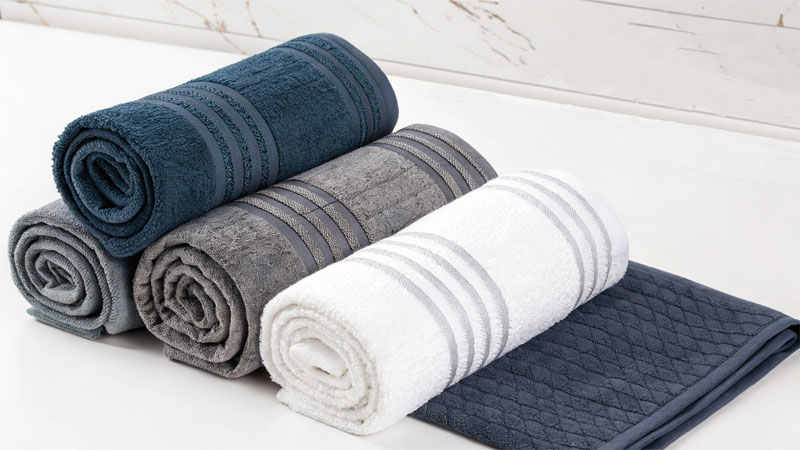
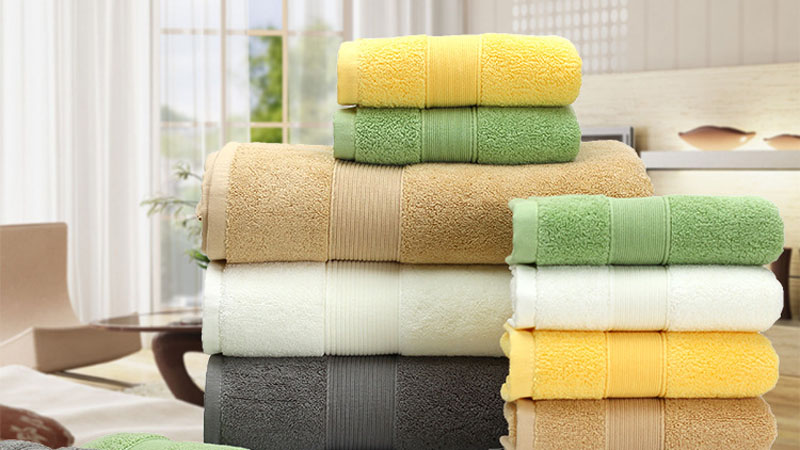
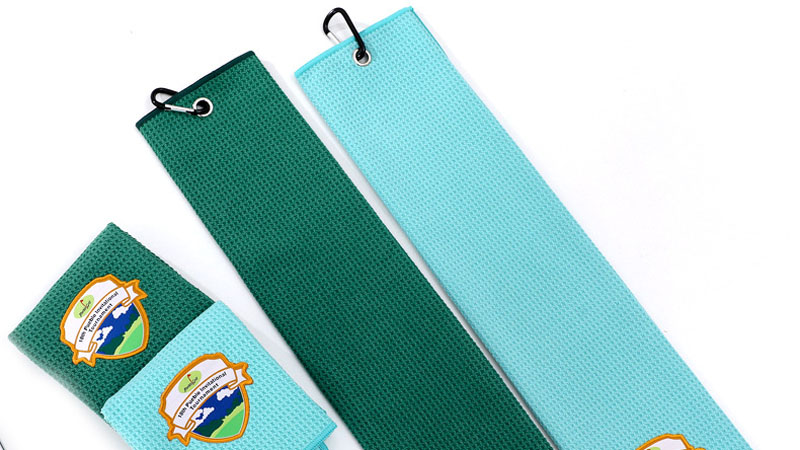
-1024x337.png)